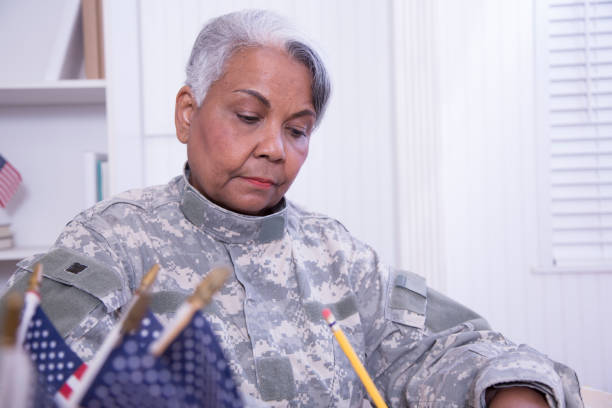The Veterans Administration (VA) demonstrates a strong commitment to meeting the healthcare needs of our nation’s Veterans. This dedication is evidenced by the expanding VA virtual care initiatives, which continue to increase access and improve outcomes. So far in 2025 more than 2.1 million Veterans had over 2.7 million episodes of telehealth care.
This article explores how the VA continues to grow its virtual care programs with ongoing research, conference-led planning, and collaborative efforts to improve care delivery, patient outcomes, and safety across its telehealth and remote monitoring programs.
Research Planning for VA Virtual Care
A 2024 research report from the VHA State-of-the-Art Conference on Virtual Care addressed the evolving landscape of VA virtual care, including telehealth and remote patient monitoring. The Veterans Health Administration (VHA) Office of Health Services Research and Development (HSR&D) published the report to identify research priorities in virtual care. The research was initiated at the State-of-the-Art (SOTA) Conference where the evidence brief and goals were shared with attendees to guide a discussion.
At the conference, participants worked in groups to examine existing evidence in virtual care outcomes to identify areas that require further research, and those best suited for study within VHA.
Through consensus-building, the workgroup addressed the following four key questions.
- What outcomes of VA virtual care should be measured and how?
- How to select the appropriate care modality for patients?
- What are the potential safety consequences of virtual care?
- How can Patient-Generated Health Data (PGHD) benefit decision-making and self-management?
After the conference, the outcomes planning committee reviewed workgroup notes and drafted formal conclusions. The following section includes the findings and recommendations.
Conference Findings
Findings included the following recommendations for future research.
- A need for standardized outcome measures to evaluate virtual care’s impact across patient populations and conditions.
- Researching virtual care outcomes beyond controlled trials to include real-world patient scenarios.
- Examine safety concerns unique to VA virtual care, such as communication failures and diagnostic accuracy.
- Explore PGHD integration into care processes, considering patient and provider acceptance, data validity, and privacy concerns.
The Veterans Health Administration see its role as a leading healthcare system with a valuable platform for investigating critical aspects of virtual care. The VHA is well-positioned to lead studies on safety risks, hybrid models, and PGHD impacts. These findings offer direction on enhancing high-quality VA virtual care delivery with a focus on patient-centeredness, safety, and the effective use of emerging technologies.
The Future of VA Virtual Care
The Veterans Health Administration conducts additional research through the Virtual Care Consortium of Research (VC CORE). The VC CORE’s mission is to “facilitate research that evaluates and improves the use of virtual care to enhance the accessibility, capacity, and quality of VA health care and Veteran experience.”
The VC CORE has four impact goals:
- Facilitate adoption and use of VA virtual care.
- Foster research on the impact of VA virtual care.
- Build a network of virtual care investigators aligned with the needs and priorities of Connected Care and VA virtual care partners.
- Impact policy by coordinating virtual care projects and the needs of the Office of Connected Care.
The Office of Connected Care brings digital technology to Veterans that extends access to care beyond the traditional office visit. The VA delivers healthcare to patients where and when it is needed through virtual technology, healthcare apps, a digital pharmacy program, remote patient monitoring, and telehealth.
The VHA’s Role in Advancing Virtual Care
The Veterans Health Administration is an organization at the forefront of virtual care innovation and research. The VHA has already made great strides in increasing telehealth access for millions of Veterans, especially in rural areas. Through entities like the Virtual Care Consortium of Research and the Office of Connected Care, the VA spearheads critical investigations with outstanding questions around virtual care outcomes, safety, optimal delivery models, and patient-generated data.
By leveraging its scale and integrated structure, the VHA delivers high-quality virtual care that improves outcomes for even the most complex patients. As a pioneer in virtual care, the VA leads with nuanced research, evidence generation, and continuous quality improvement that serves as a model other health systems can learn from.


